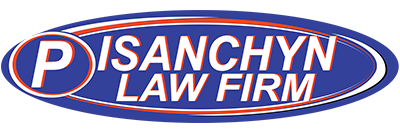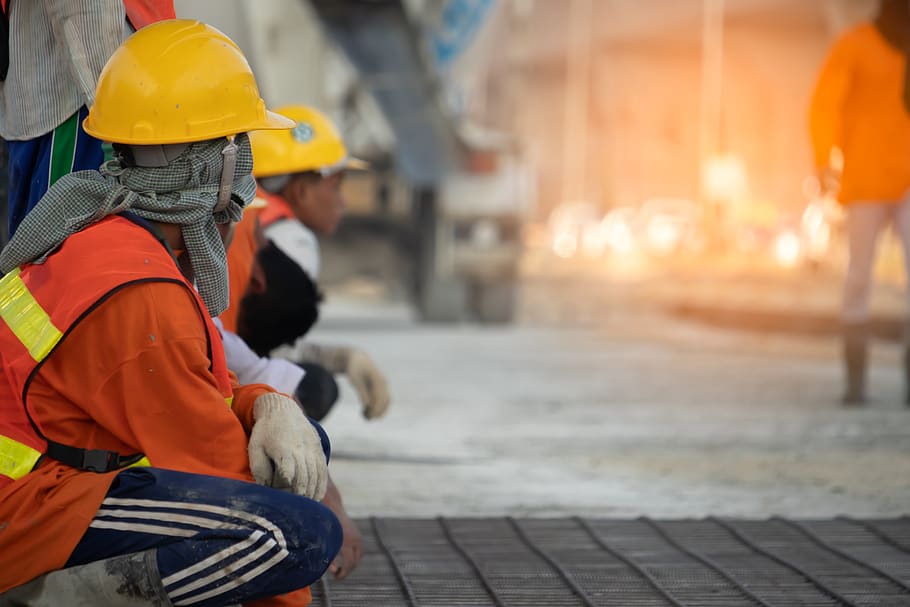Construction safety regulations are essential to ensure the well-being of workers and prevent accidents on construction sites. These regulations may vary depending on the country, state, or region, but some common construction safety regulations include:
- Fall Protection: Regulations that require the use of fall protection equipment, such as harnesses, guardrails, safety nets, and personal fall arrest systems, whenever workers are working at heights above a certain level.
- Scaffolding Safety: Rules for the proper construction, use, and inspection of scaffolding to prevent falls and ensure a stable working platform.
- Excavation and Trenching: Guidelines for excavations and trenching work, including shoring and sloping requirements to prevent cave-ins and protect workers inside trenches.
- Electrical Safety: Regulations for safe electrical work, including proper grounding, the use of appropriate equipment, and lockout/tagout procedures to prevent electrocutions and other electrical accidents.
- Hazardous Materials Handling: Rules for the safe handling, storage, and disposal of hazardous materials on construction sites, including asbestos, lead, and chemicals.
- Personal Protective Equipment (PPE): Requirements for providing and using appropriate PPE, such as hard hats, safety glasses, gloves, and hearing protection, to protect workers from various hazards.
- Machine Guarding: Regulations that require proper guarding and safety features on construction machinery and equipment to prevent entanglement and other injuries.
- Crane and Rigging Safety: Guidelines for the safe operation and maintenance of cranes and rigging equipment, including load capacity limits and proper signaling procedures.
- Fire Safety: Regulations for fire prevention and the presence of fire extinguishers and other firefighting equipment on construction sites.
- Safe Access and Egress: Requirements for providing safe access and egress to work areas, including stairways, ladders, and platforms.
- Training and Certification: Rules for providing adequate safety training to construction workers and requiring specific certifications for certain tasks or equipment operation.
- Site Security: Regulations to control access to construction sites and prevent unauthorized entry.
- Personal Hygiene: Guidelines for maintaining personal hygiene, especially when handling hazardous materials or after exposure to contaminants.
- Emergency Planning: Requirements for developing and implementing emergency response plans, including evacuation procedures and first aid protocols.
These are just some examples of common construction safety regulations. It’s essential for construction companies and workers to be aware of and comply with all applicable safety regulations to create a safe working environment and prevent accidents and injuries on construction sites. Additionally, safety training, regular inspections, and ongoing communication are vital components of a successful construction safety program.





